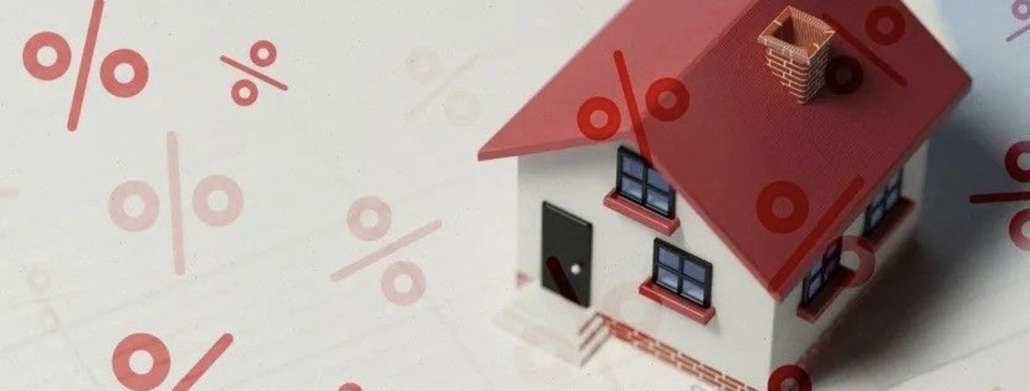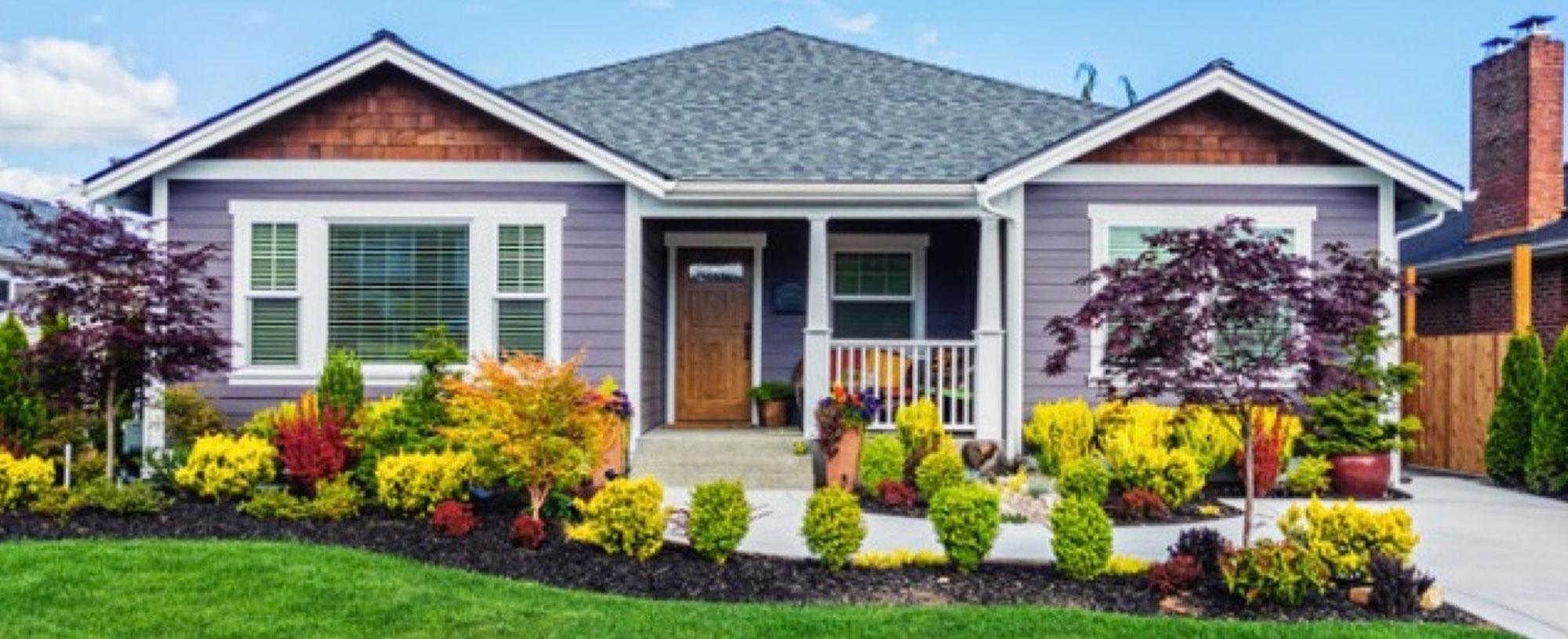Is It Even Possible To Buy a House Right Now? What the Future Holds for First-Time Home Shoppers

Sep 18, 2023
Every morning, first-time buyer Anthony Valenti wakes up and then checks to see if any new homes have come onto the market in the Hartford, CT, area.
Valenti, 29, has been looking for a house to share with his fiancée since the spring of last year. The couple, both nurses at local hospitals, have been living with their parents to save money for their down payment.
They started their home search in the $300,000 range and quickly realized that there wasn’t much available at that price. Despite higher mortgage rates topping 7%, they adjusted their budgets and are now in the $400,000-plus range. But there aren’t many move-in ready, three-bedroom, two-bathroom homes with a two-car garage available.
He recently lost his first bidding war to another buyer who made a cash offer that was more than $75,000 over the list price.
“When the prices are at this point, you’re not getting your bang for your buck. Houses that are 1,200 square feet are going for crazy amounts of money,” says Valenti. “We want somewhat of a turnkey house. I don’t want to come home from a 12-hour shift and start laying tile.”
Valenti’s predicament is typical of what most first-time buyers are facing: Entry-level homes no longer come with entry-level prices.
First-time buyers are facing a housing market in which the median home list prices have shot up 38%, mortgage rates have roughly doubled, and the housing shortage has only worsened over the past four years, according to Realtor.com® and Freddie Mac data.
The monthly mortgage payment on a typical home has more than doubled since 2019. And first-time buyers are competing with cash-flush investors and wealthier, repeat buyers.
The competition from other buyers is particularly fierce for smaller, lower-priced starter homes—because, for many, that’s all they can afford. These entry-level homes have traditionally been most first-time buyers’ entrée to the American dream.
The traditional pattern: Buyers live in these cheaper homes for a while, building wealth that can be used to finance their next nicer/newer/larger home purchase, or to pass along to future generations.
But today, many first-time homebuyers who would have been able to purchase a starter home just a few years ago can no longer afford to do so. Even homes priced within the budgets of young couples can quickly become out of reach amid a bidding war.
Bu general consensus, just a few years ago, starter homes were generally defined as costing below $200,000. Today, they’re generally closer to $400,000, says Ali Wolf, chief economist of building consultancy Zonda. Buyers who don’t earn more than the median income in their area often can’t afford them.
“For people who haven’t already purchased a home, the chance of becoming a homeowner has gotten a lot harder,” she says. “A starter home may not be within reach for many Americans.”
In January 2019, households earning below $75,000 could afford about half of the homes on the market, according to the Urban Institute, a think tank. Four years later, they could afford just 25%.
“Now, owning a home has become a luxury,” says Wolf.
Valenti initially wanted to buy before the COVID-19 pandemic, but then prices shot up. So he decided to wait for them to come down. Instead, prices remained high and then mortgage rates shot up.
“Never in a million years did I think I would be 30 years old and still living with my parents,” he says. “Plan B will be to rent something. In a year, [my fiancee and I will] be married.”
A first-time buyer’s success can be tied to where they’re looking
A young person’s chance of becoming a homeowner isn’t dependent only on how much money they make and if their family and friends can help them out financially. It also depends on where they’re looking.
First-time buyers in the Des Moines, IA, area are still able to become homeowners—but local real estate agent Beth Van Zee isn’t sure how much longer that can last.
Before the pandemic, first-time buyers could find a three-bedroom, two-bathroom ranch home on a quarter-acre in the city limits, she says. Now, those same homes are selling from $250,000 to $275,000.
First-time buyers “just have to lower their expectations,” says Van Zee, with Coldwell Banker Mid-America. “They’re going to have to go out farther away from the metro.”
In 2021, when mortgage rates bottomed out, those making less than the median income of the area could afford a home in Huntsville, AL, says local real estate broker Matt Curtis.
“Now, the median income cannot afford the median home in our area,” he says.
Many Huntsville-area buyers are looking for ways to save money. They’re purchasing properties with multiple bedrooms they can rent out or shopping for new construction so that the builders can buy down their mortgage rate. Others are buying homes that are farther from their jobs and where prices are lower.
Many 20- to 40-year-olds are leaving San Francisco and California’s Silicon Valley because it can be difficult to find a decent starter home for under $1 million, says Patrick Carlisle, chief market analyst of the San Francisco Bay Area for Compass. Most of the area’s starter homes are condos.
“What may be a completely ordinary ranch-style house in most of the country that would sell for $300,000 or $400,000 or even less, here can go for $1.6 million to over $2 million,” says Carlisle. “That’s very challenging for first-time homebuyers.”
The costs of delaying a home purchase
While there are costs to buying a home, there are costs to delaying the purchase as well.
“Homeownership is a wealth builder for people, slowly over time. If you delay entry into homeownership, you delay the start of that wealth-building process,” says Realtor.com Chief Economist Danielle Hale.
Those who purchase homes earlier in life are more likely to have traded up into more expensive homes and have paid off their mortgages by retirement, says Jung Choi, a senior research associate at the Urban Institute.
During the pandemic, the record-low mortgage rates, in the mid-2% range, helped more first-time homebuyers become homeowners.
“The homeownership rate is significantly lower than the prior generation, which can have long-term implications on future wealth,” she says.
Today’s first-time buyers are spending larger shares of their income to become homeowners, says Hale. They’re also struggling to come up with down payments.
Rising rents and general inflation have hampered buyers’ efforts to save. Just 8% of buyers received family assistance, according to a recent survey of real estate agents conducted by John Burns Research & Consulting.
However, loans with lower down payments are less likely to be accepted by sellers if they have another offer with a higher down payment. That puts first-time buyers at a big disadvantage against investors and repeat buyers, who can use their home equity to help finance their next purchase.
“It’s a tough situation for buyers,” says Hale.
Becoming a homeowner isn’t impossible
While the American dream might seem to some to be just that, a dream, becoming a homeowner isn’t impossible.
Professionals with dual incomes, who waited to buy while they saved money and climbed the ladder within their fields, will have an easier time than younger buyers on a single income who are just starting out. And even those who are at the beginning of their careers are finding ways to make it happen.
Teegan Webster, 24, and her husband, 25, bought their first house last summer. The newly constructed, 1,500-square-foot house sits on a quarter of an acre in the small town of Cedar City, UT.
Webster, who has a young son and who works part time for an educational consulting company, began saving for a home when she was 15. Those savings helped her and her husband, a religious educator, to purchase their three-bedroom, two-bathroom home without family assistance.
Homeownership’s “been my dream my whole life,” says Webster. “We wanted to start building equity, and we were in the position to move and thought that it was the right time.”
Still, high home prices and rising mortgage interest rates were a challenge. They bid on three homes and prevailed on the third.
They offered the asking price and were surprised when their bid was accepted. The sellers were so eager to sell that they also paid for Webster’s closing costs and bought down her mortgage rate temporarily for two years.
While she loves her new home, she acknowledges that it’s not everything she ever dreamed of having in a home.
“For a first house, you’re not going to buy your dream home,” says Webster.
Clare Trapasso is the executive news editor of Realtor.com. She was previously a reporter for the Associated Press, the New York Daily News, and a Financial Times publication. She also taught journalism courses at several New York City colleges. Email clare.trapasso@realtor.com or follow @claretrap on X (formerly Twitter).








